
An overview of the latest news in Parkinson disease reported across MJH Life Sciences™.
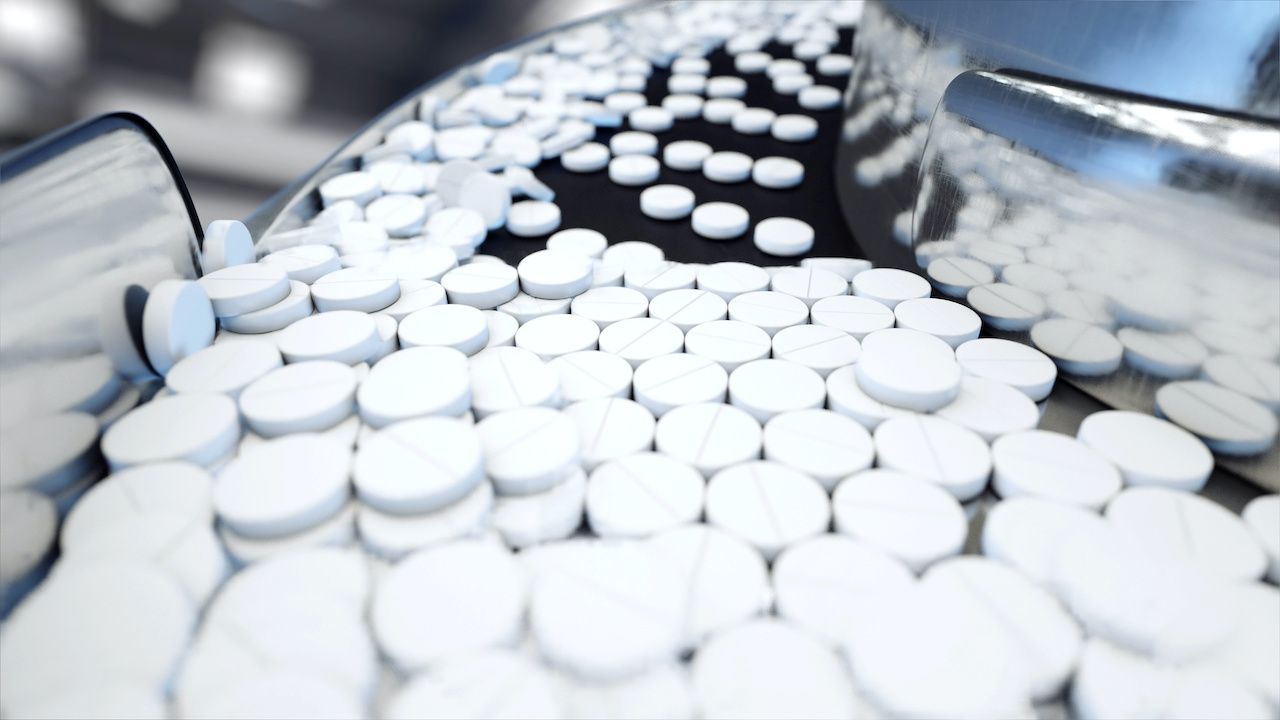
Daily Niacin Enhancement Linked With Improved QOL, Slower Parkinson Disease Progression

Latest News in Parkinson Disease: Optimizing Multidisciplinary Care, Burden of Advanced Disease, and More

An overview of the latest news in Parkinson disease reported across MJH Life Sciences™.
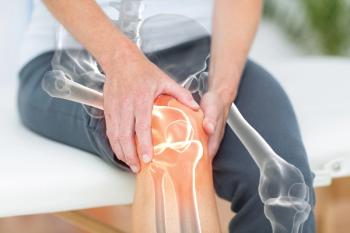
Findings from a retrospective cohort study revealed that individuals with osteoarthritis are more susceptible to the development of Parkinson disease.

An overview of the latest news in Parkinson disease (PD) reported across MJH Life Sciences™.
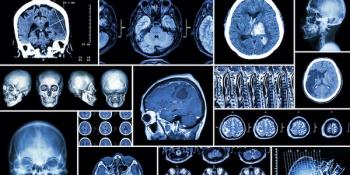
Deep brain stimulation of the subthalamic nucleus was shown to remain effective in treating motor complications of people with Parkinson disease 15 years after initial surgery.

An overview of the latest news in Parkinson disease reported across MJH Life Sciences™.

People who live in areas that have higher exposure to nitrogen dioxide were found to be at greater risk of Parkinson disease.

An overview of the latest news in Parkinson disease reported across MJH Life Sciences™.

A higher risk of COVID-19–related mortality was found among hospitalized patients with Parkinson disease (PD) than in the general population. Overall inpatient mortality of those with PD was also significantly higher in 2020 than in the year prior.

An overview of the latest news in Parkinson disease reported across MJH Life Sciences™.

Older adults who have a higher annual household income (HHI) were shown to be less likely than those with lower HHI to receive a dementia diagnosis after referral in Denmark, but more likely to receive that diagnosis earlier and at a less severe cognitive stage.

An overview of the latest news in Parkinson disease reported across MJH Life Sciences™.

Amid stay-at-home orders during the COVID-19 pandemic, patients with advanced Parkinson disease were shown to exhibit significantly higher prevalence of anxiety and feelings of worry related to interruption of treatment and risk of infection.
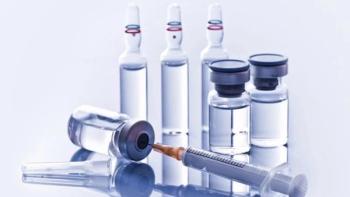
Among patients with Parkinson disease who are at higher risk of respiratory infections, 3 in 10 lacked any pneumococcal vaccination, with barriers to adherence including traveling difficulty and hesitancy or refusal.

Researchers were successful in wirelessly recording the direct brain activity of patients with Parkinson disease, while also showcasing the first demonstration of adaptive deep brain stimulation at home.

Patients with the GBA mutation of Parkinson disease (PD) were shown to exhibit more severe cognitive decline than patients with idiopathic PD and those with both the GBA and LRRK2 G2019S mutations of PD.

According to a poll conducted by Parkinson’s UK, issues such as walking, speaking, and balance and falls proved most significantly burdensome as the condition progresses, whereas tremor and psychological health becomes less important.
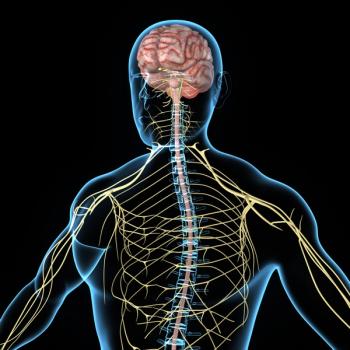
A recently published study found that the DCTclock, a test for cognitive assessment, was associated with greater detection of biomarkers related with cognitive decline in patients who had yet to show any symptoms when compared with traditional testing methods.

In comparing the efficacy of deep brain stimulation of the subthalmic nucleus and globus pallidus, both approaches were similarly effective in improving motor function in people with Parkinson disease, with benefits maintained after 10 years.

Algorithms similar to those used by Amazon and Netflix may help to unravel the biological language of cancer, Parkinson disease, and other neurodegenerative diseases.

Symptoms of sleepwalking and/or REM sleep behavior disorder in men were significantly associated with higher odds of having Parkinson disease (PD), with PD-related neurodegeneration potentially impairing arousal regulation during sleep.

Researchers found that people with Parkinson disease have 53% lower step length synergy while crossing obstacles than those without the condition, potentially providing a target approach to address fall risk in patients.

A multidimesional rehabilitation program characterized by cognitive, physical, occupational, and speech therapies was found to improve functional and cognitive abilities in people with mild to moderate Parkinson disease.

Exercise may reduce vulnerability to cognitive decline among at-risk patients with Parkinson disease who have the gene variant APOE ε4.
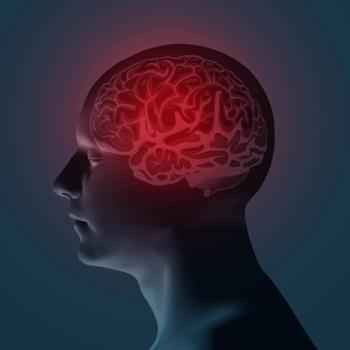
Antibody-based treatments designed to target alpha synuclein and amyloid beta, protein clusters associated with the development of Parkinson disease and Alzheimer disease, were shown to worsen inflammation in the brain.

How are researchers leveraging what is currently known about the pathogenesis and progression of Parkinson disease into the development of potential novel therapies, and what role should neurologists and patients play in addressing this neurodegenerative condition?

259 Prospect Plains Rd, Bldg H
Cranbury, NJ 08512
© 2025 MJH Life Sciences®
All rights reserved.
